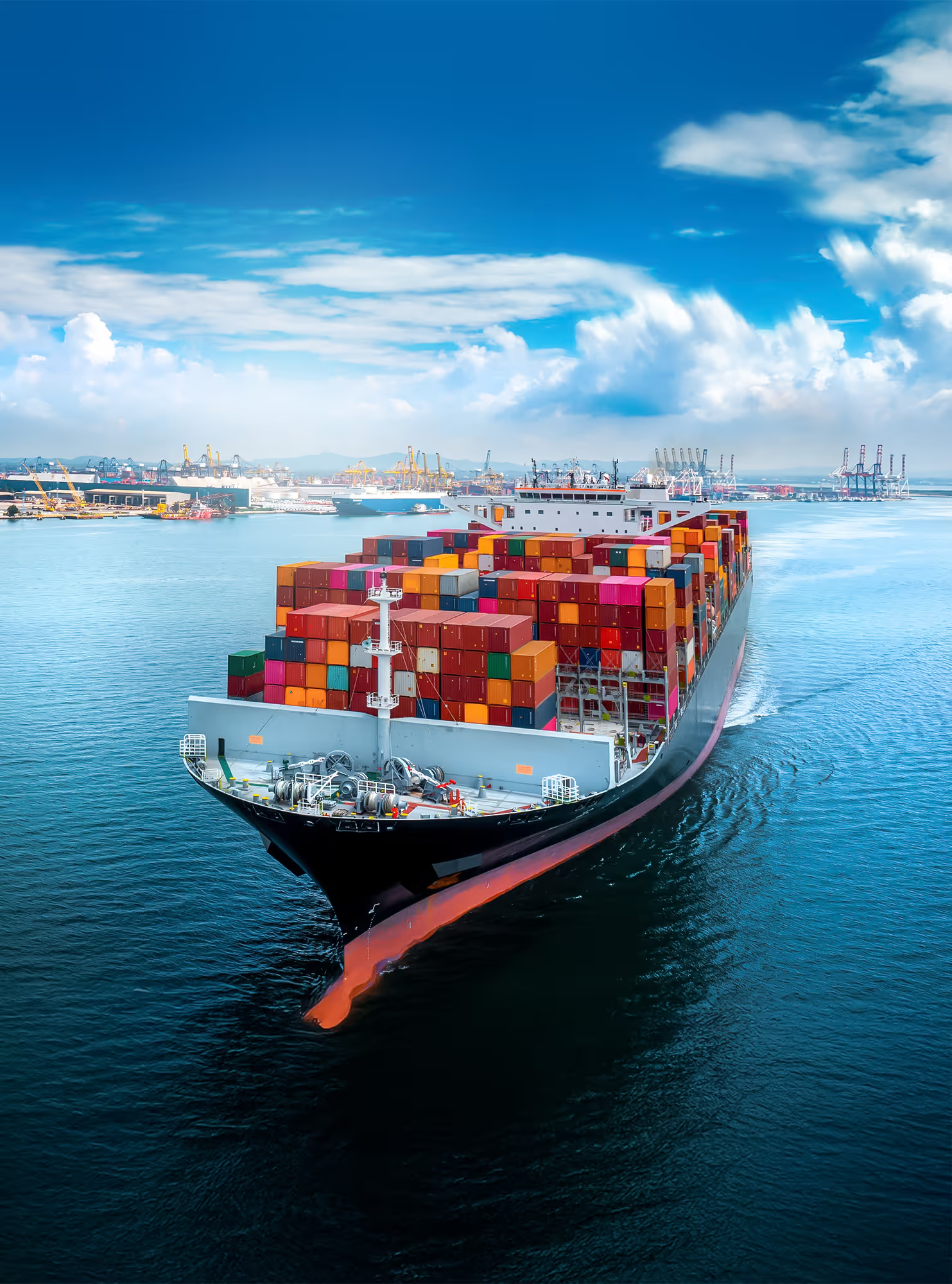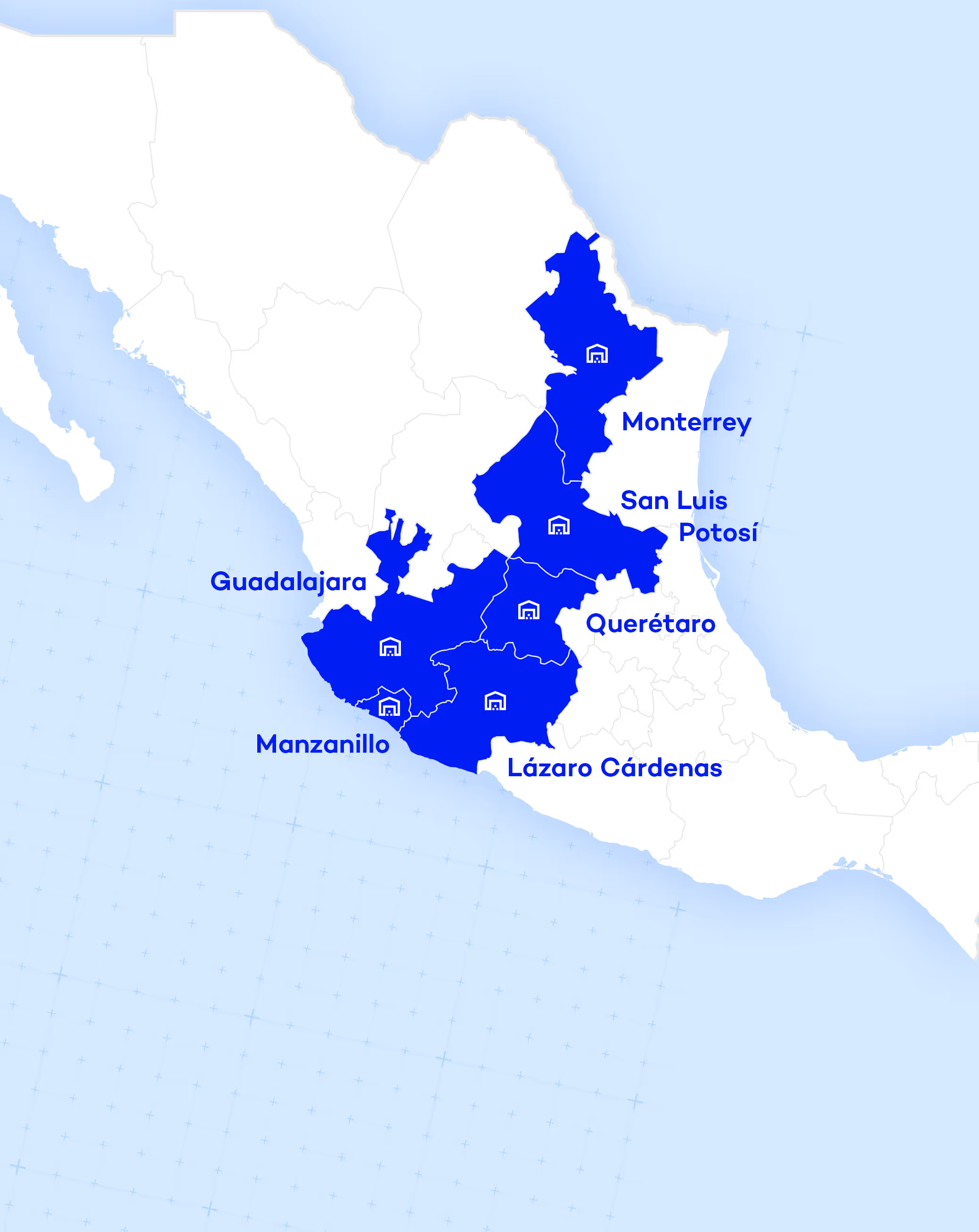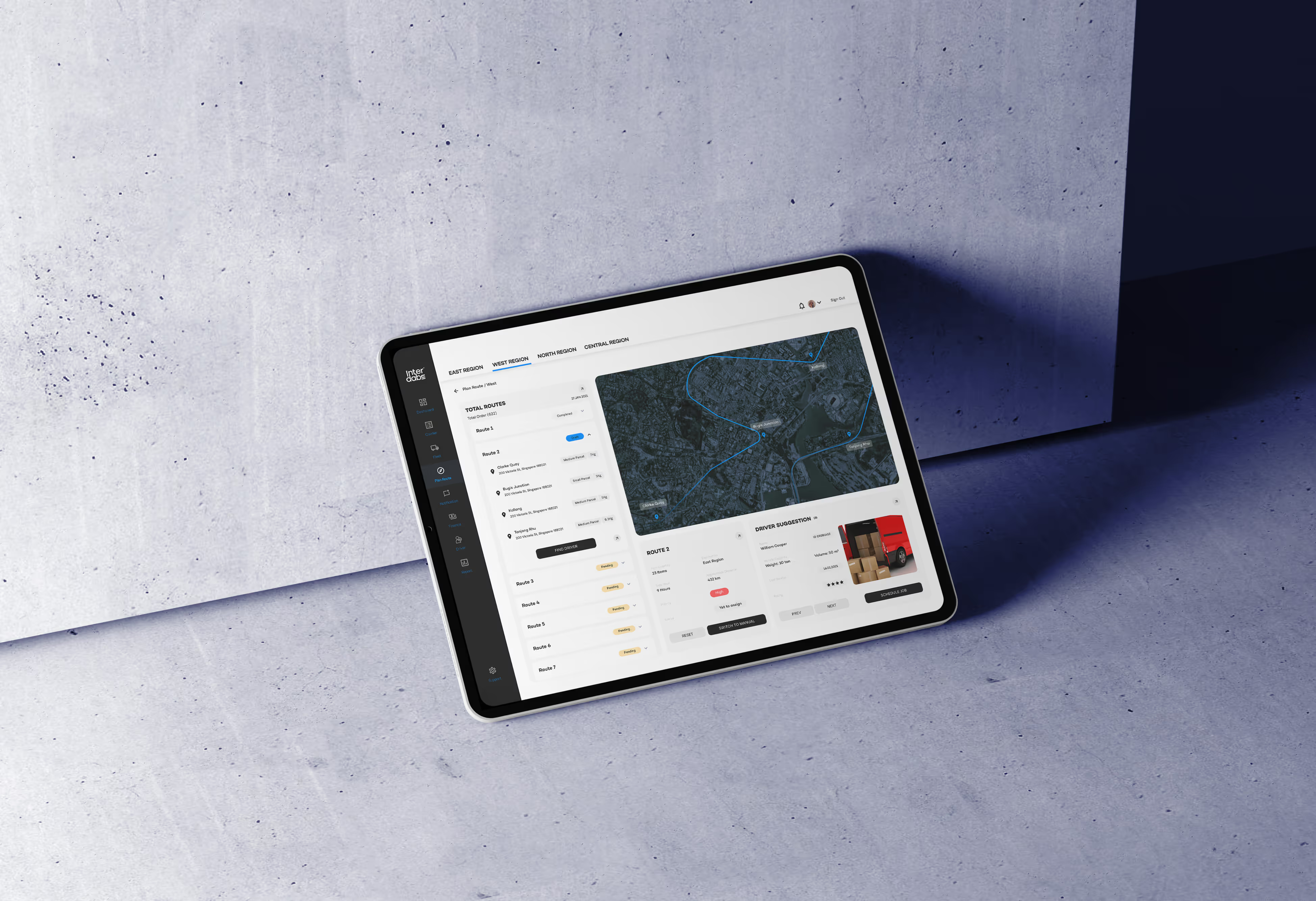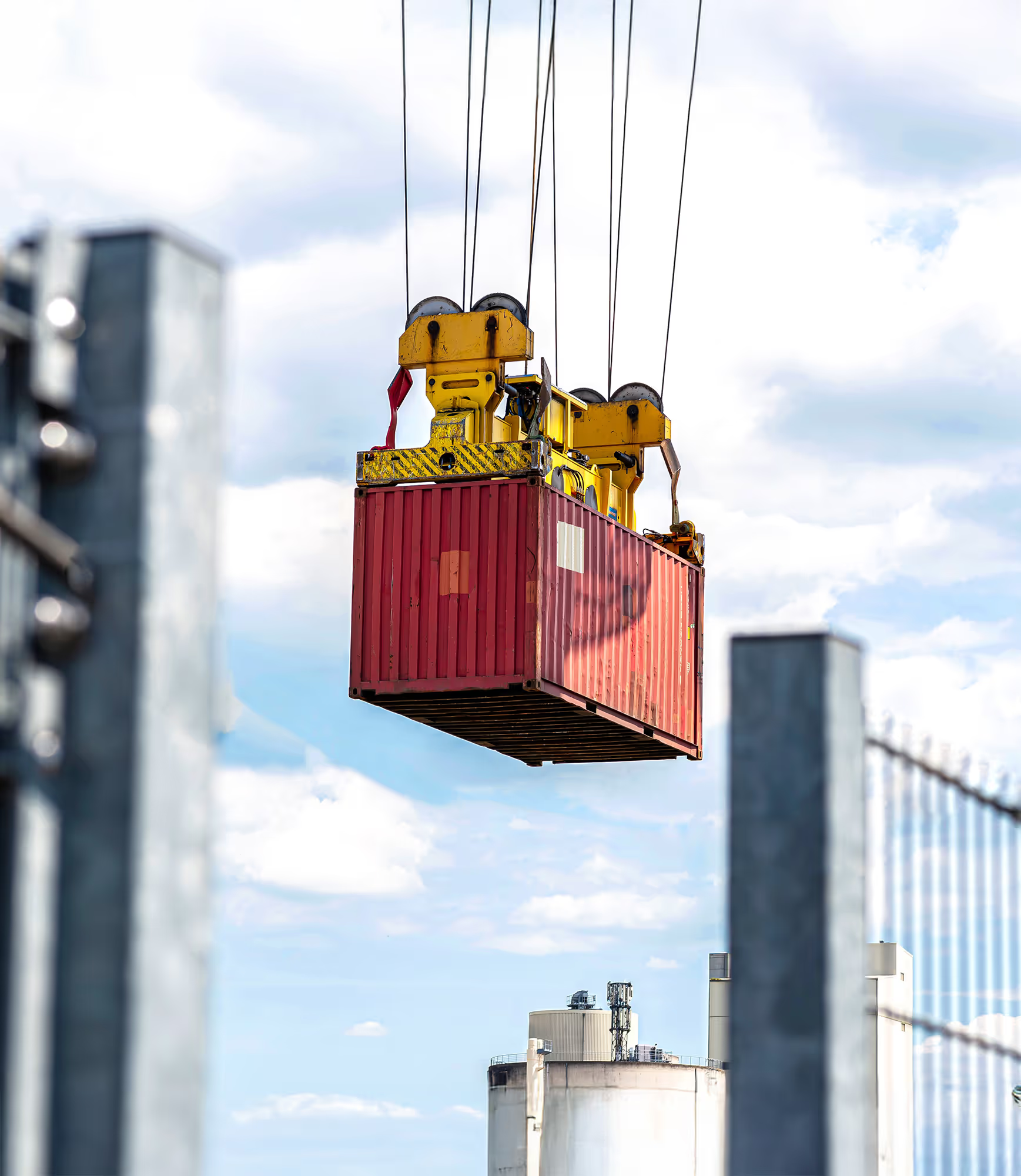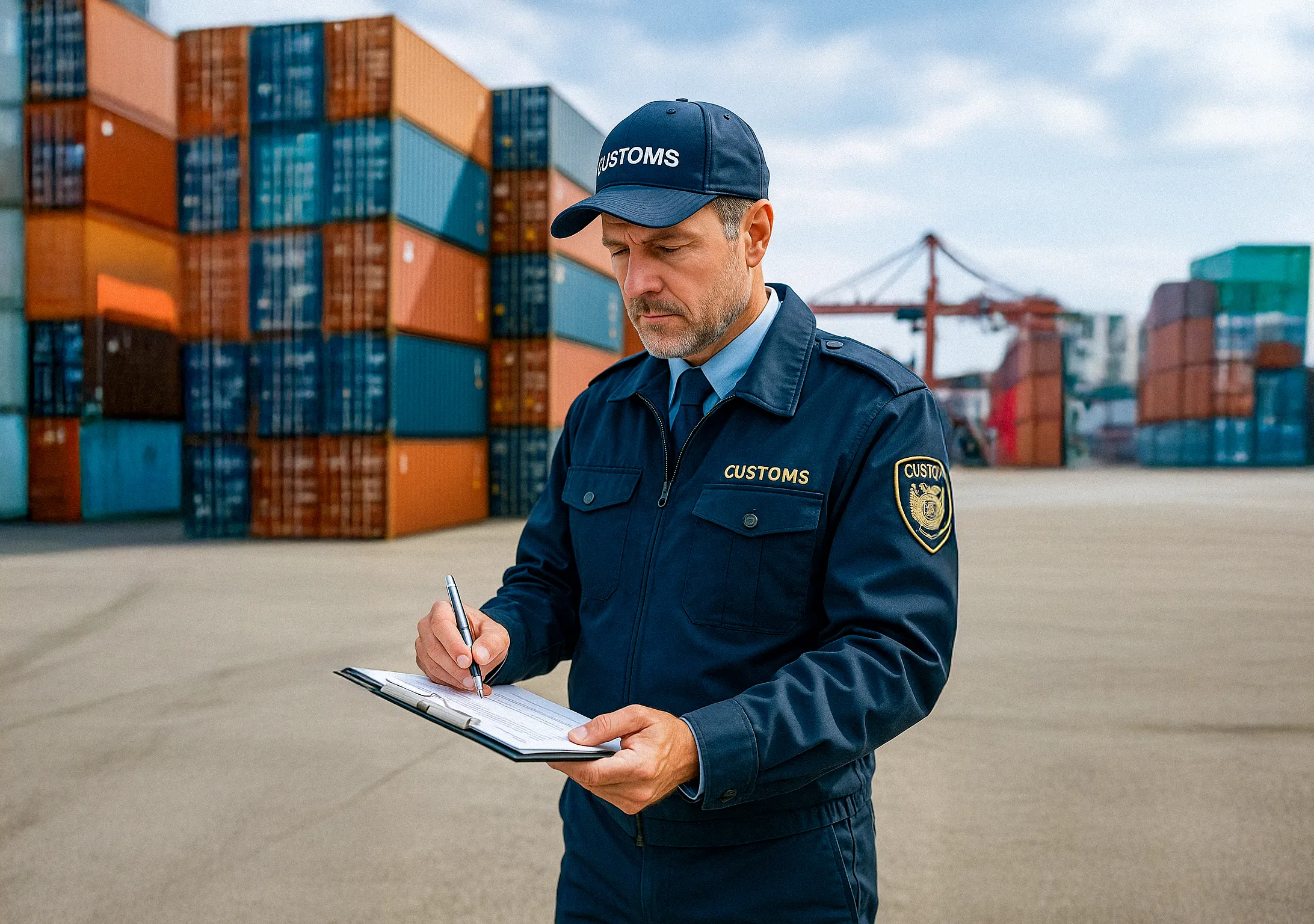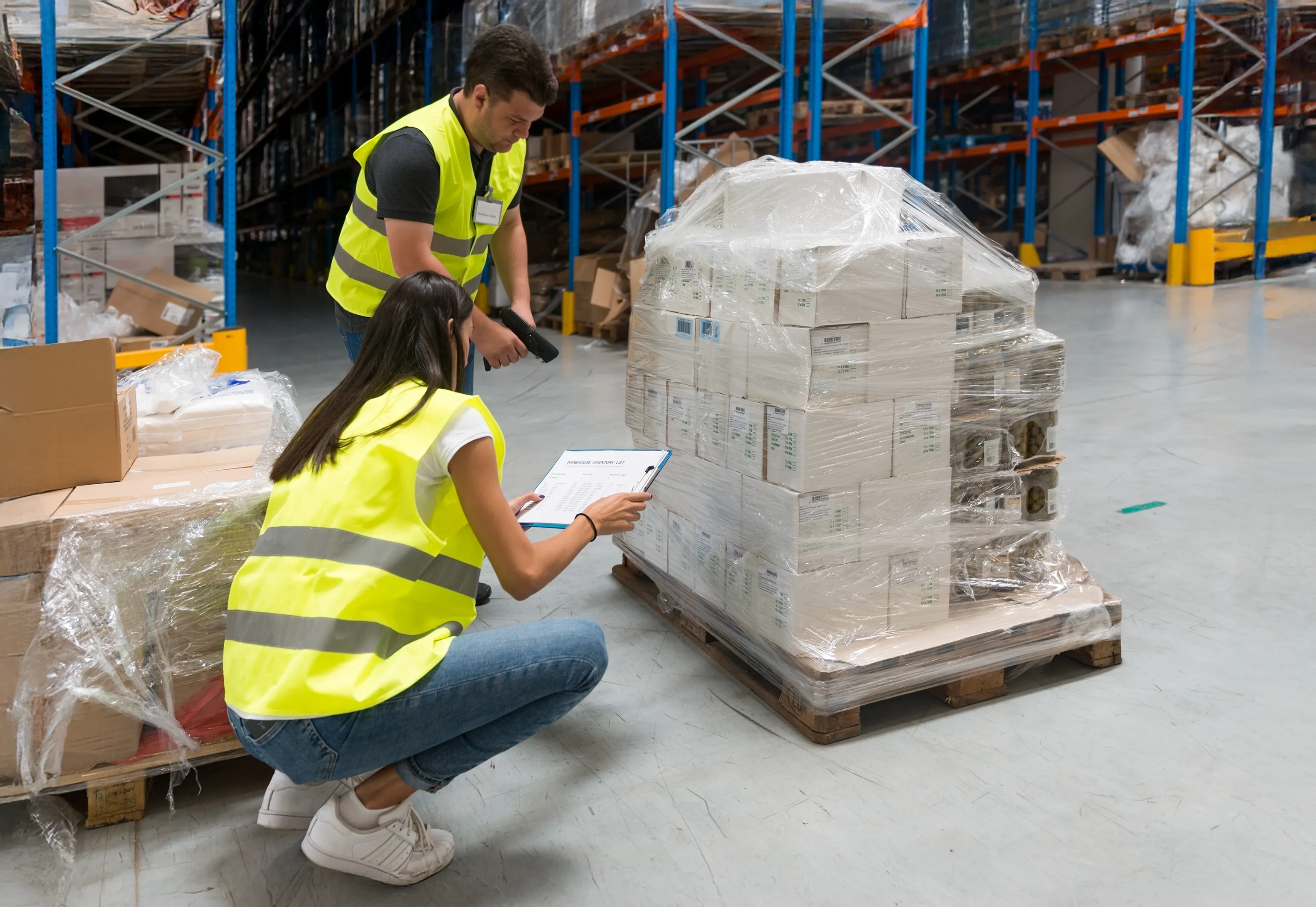Practical Guide: How to fill out a Mexican Certificate of Origin step by step
Did you know that Mexico exported more than 593 billion dollars in 2023, ranking as the ninth world exporter? This enormous flow of foreign trade is made possible by the country's extensive network of free trade agreements. In fact, Mexico has signed 14 trade treaties With 52 countries (projects mexico.gob.mx), allowing its exporters to access markets that represent more than 50% of global GDP. But taking advantage of these tariff benefits depends on a key document: the Certificate of Origin.
If you are a logistics operator, forwarder or 4PL logistics company, you know that an error in the documentation can cost delays, fines and loss of competitive advantages. Therefore, in this practical guide, we explain how Step by Step how to fill out a Mexican Certificate of Origin correctly, with strategic tips to avoid common errors and ensure that your shipments — whether they are project loads, shipments, shipments RoRo O LoLo — make the most of trade agreements. Let's get started!
What is a Certificate of Origin and why is it important?
Un Certificate of Origin It is an official document that proves that a good complies with the origin requirements of a specific commercial treaty (for example, the T-MEC). In other words, confirm that the product was manufactured sufficiently transformed in the beneficiary country of the agreement, which allows that when importing it into the destination country you receive tariff preferences (reduction or elimination of import taxes). Without this certificate, the importer may have to pay full tariffs under the rules of the WTO, losing the advantages of the treaty.
Why is it so important? Because the savings are substantial. For example, thanks to the T-MEC (USMCA), 82.4% of U.S. exports to Mexico entered tariff-free in 2023 (eleconomista.com.mx).
Similarly, thousands of Mexican companies benefit from zero tariffs when exporting to North America, Europe, Latin America and Asia Pacific. However, these benefits are only obtained if the certificate of origin is filled out correctly and presented to the customs authorities. A certificate filled out incorrectly or with incorrect information can result in denial of preferential treatment, unexpected tax payments, customs delays, or even penalties.
A single oversight in paperwork can result in days of delay and additional costs, something that no logistics operator wants.
The certificate of origin under the T-MEC (USMCA)
Under the T-MEC (Treaty between Mexico, the United States and Canada), the issuance of certificates of origin had important changes compared to the old NAFTA. An official preset format no longer exists: the single NAFTA-style form was removed, and now A document containing the minimum required data is sufficient By the treatygob.mx. This means that the exporter, the producer and even the importer can fill in and certify the origin of the merchandise directly, as long as they include the mandatory information (identification of the parties, detailed description of the product, origin criteria, etc.).
In other words, the T-MEC made the process more flexible: any format is valid if it contains all the required elements. Of course, the responsibility remains enormous: by signing, the certifier declares that the merchandise complies with the rules of origin of the agreement and undertakes to keep backup and evidence. In practice, this streamlines logistics in North America and encourages Nearshoring to Mexico, since supply chains can certify origin in a more agile way.
Of course, “agile” doesn't mean informal: Information must be true and accurate.
The U.S. government. The U.S. has recently estimated that only about 50% of Mexican exports to their country are fully compliant with T-MEC (eleconomista.com.mx), indicating that many companies could be losing profits by not properly documenting the origin. In short, understanding how the certificate of origin works in the T-MEC is crucial to not leave money on the table in your foreign trade operations.
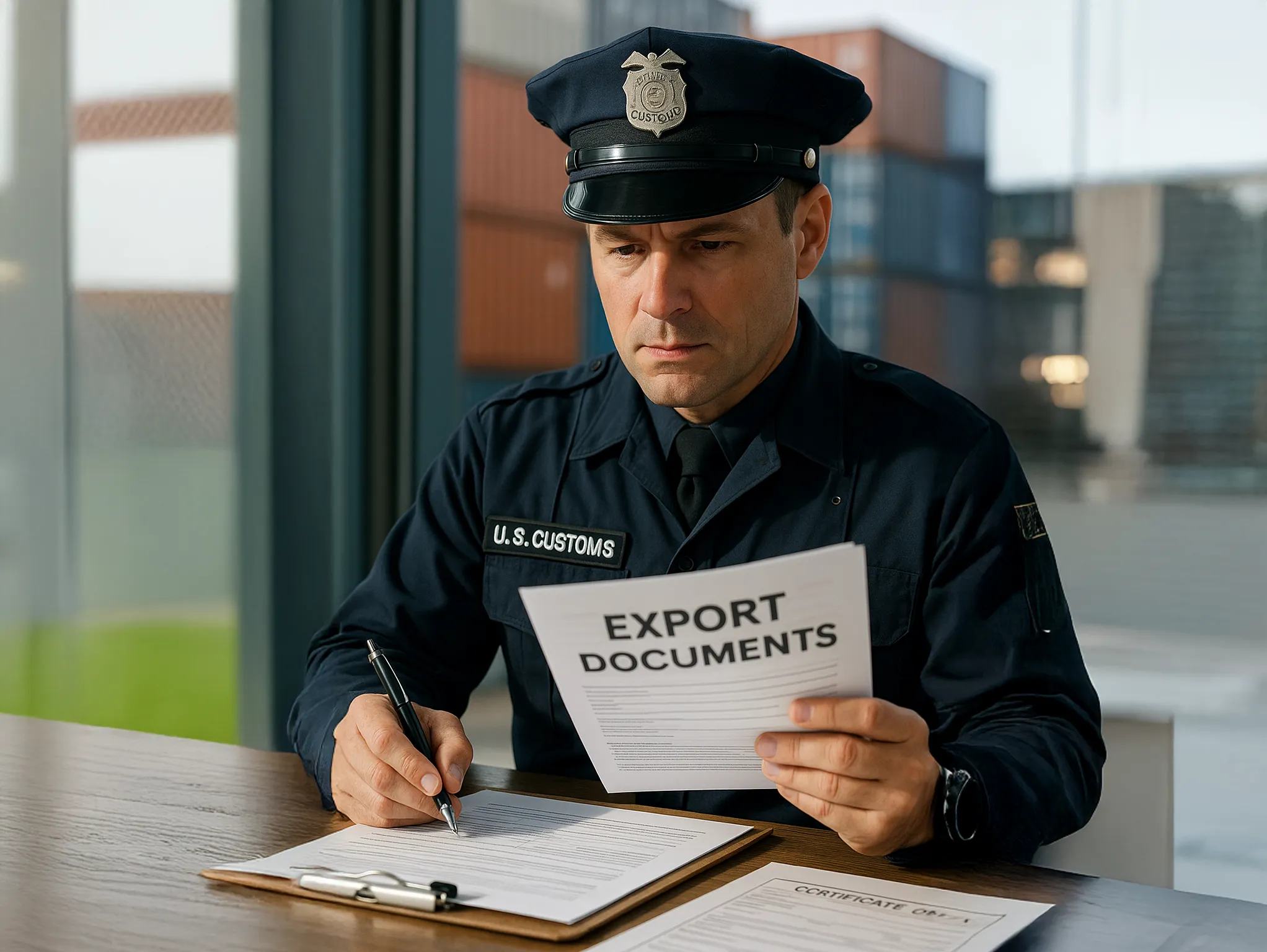
Step by step: how to fill out a Mexican Certificate of Origin
Next, we guide you field by field in filling out a Traditional Mexican Certificate of Origin (applicable to many commercial agreements). Keep in mind that the exact format may vary depending on the agreement, but essentially almost all certificates of origin ask for the same basic information. Complete each section carefully, with true data that is consistent with your other documents (commercial invoice, packing list, etc.):
1. Exporter
Record the full name (company name) and the tax or business address of the company that ships the merchandise from Mexico. Use the official name and make sure it matches the invoice and other export documents.
2. Producer
Indicate the actual manufacturer of the product. If it's the same as the exporter, you can put “Same as the exporter”. If not, write down the name and address of the producer to support the veracity of the origin in case of verification.
3. Importer
Note down the name (and, if possible, address) of the buyer in the destination country. Although some formats allow you to leave it blank, it is preferable to complete it to make it easier to link to the import declaration and transport documents.
4. Description of the merchandise
It details the product with its name, characteristics, use and, very important, the tariff fraction (SA code of 6 or 8 digits). For example: “Automotive electrical harness, SA 8544.30”. The description must match the invoice to avoid customs confusion.
5. Rule of Origin (Applicable Criteria)
Specify the criteria under which your merchandise is considered original (letter or numeral). For example, in T-MEC:
- A: 100% original
- B: change of tariff classification
- C: original materials
- D: Accumulation or special rules
Check the corresponding Annex to the treaty and make sure you select the correct option, as an error here invalidates the certificate.
6. Declaration and signature of the certifier
It includes the official legend (usually pre-printed) in which the certifier assumes responsibility for the veracity of the information and for keeping the documents that support it. Signature (autograph or electronic) and date at the bottom of the declaration.
7. Date of issue and period of validity
Note the date the certificate was issued. If it will cover multiple shipments, indicate the range (for example, from January 1 to December 31). If it is for a single shipment, the date of issue or the note “valid for a single shipment” will suffice.
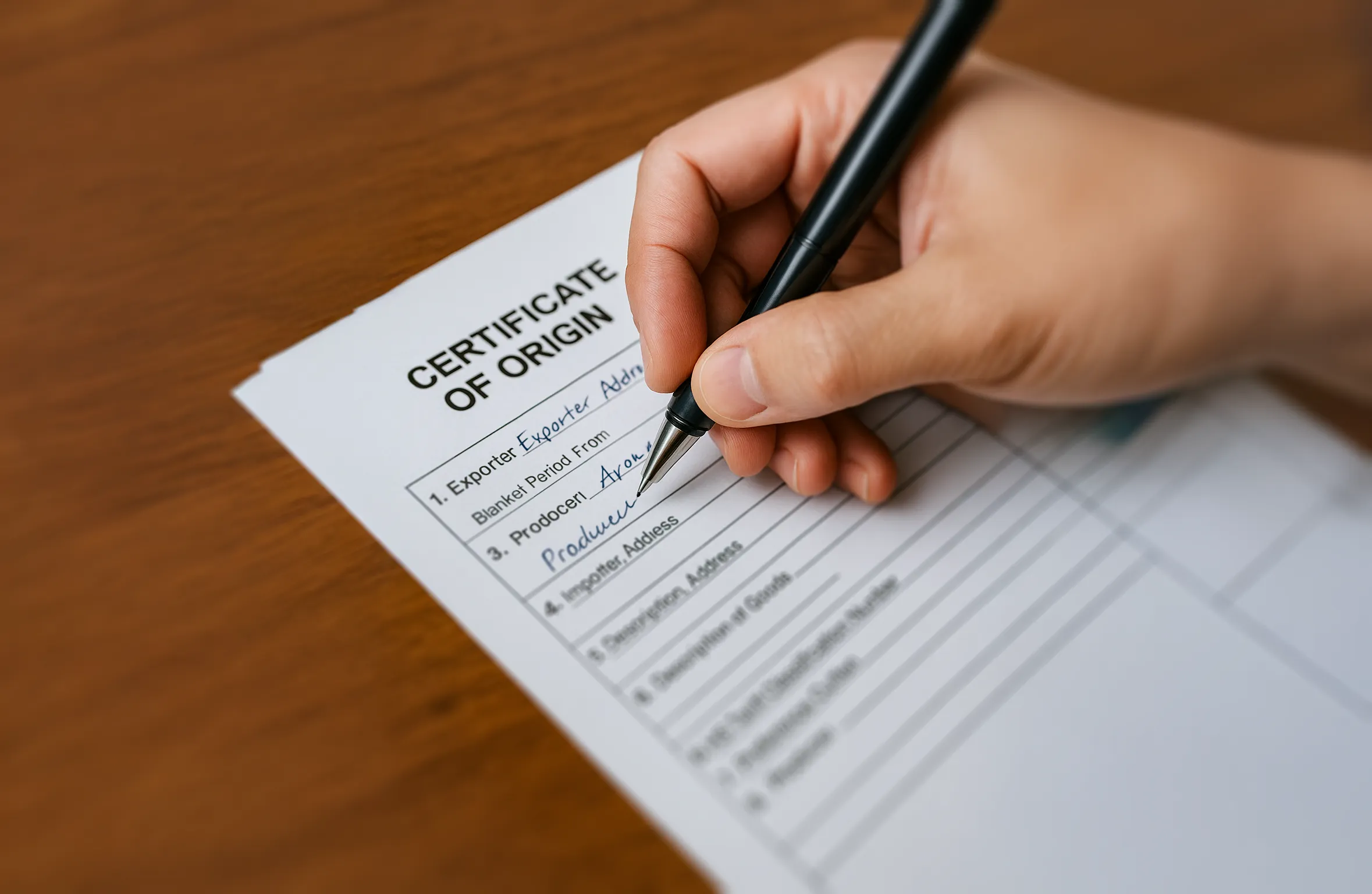
Practical tips for validating your Certificate of Origin
Filling out the certificate is only the first step. Before delivering it to the customer or presenting it to customs, validate that everything is correct. These tips will help you verify and optimize your certificate of origin:
- Current format — Always download the latest official treaty template (e.g. from SNICE or the Ministry of Economy). Don't use old forms (TLC, NAFTA) for modernized agreements (T‑MEC, TLCUEM).
- Correct tariff fraction — Check the current SA code (last major update: 2022) and make sure it matches the product description. An outdated HS cancels the benefit.
- Actual source eligibility — Check with the producer that they comply with the rule (change of game, regional content, accumulation). Keep technical data sheets, lists of materials, and content calculations for backup.
- Digital signature when applicable — If you go by VUCEM or other electronic means, sign with your e.signature or digital certificate. An unsigned PDF can be questioned and require the physical original.
- Impeccable presentation — Avoid blanks or blank fields; use electronic media. Check total consistency with invoice, order and bills of lading. Keep copies and supporting documentation for at least five years.
{{aduanas}}
Common mistakes when filling out the Certificate of Origin (and how to avoid them)
Even experienced professionals make mistakes with this document. Here are some of the most common errors when filling out certificates of origin and how you can avoid them in your daily logistics operation:
- Declare an unfulfilled origin — Don't certify “original” if you don't meet the requirement. Explain the risk to your customers and certify only with evidence.
- Use obsolete fractions — Keep up to date with tariff amendments and consult the customs broker. Check if the treaty requires the fraction of the importing or exporting country.
- Wrong templates — Don't recycle forms from other agreements. Download the official version each time or, if it's a free format (T‑MEC), include all required fields.
- Forget signature or validity — Always signature and date. If you cover multiple shipments, clearly specify “From __ to __”; otherwise, the certificate is incomplete.
- Typographic inconsistencies — Review names, addresses and numbers (invoice, order). A spelling or punctuation error can invalidate the document.
Practical example: export of automotive harnesses to the United States
Suppose that Do you export automotive electrical harnesses from Mexico to the U.S. Department of State under the T-MEC. What should your certificate of origin look like at key points?
- Description and fraction: “Electrical harness for vehicle — Code SA 8544.30.xx”. — We included the tariff code 8544.30, corresponding to automotive electrical cables, ensuring that it matches the invoice and the heading of the current Harmonized System.
- Applied Source Criteria — We mark the option that indicates Change of tariff heading (CTH) + minimum regional content. In terms of the T-MEC, this corresponds to Criterion B (not originals with substantial transformation) and we briefly quote the rule: “Complies with Annex 4-A automotive sector: change of departure and RVC ≥ XX%”. Thus, we demonstrated that the harness, although it contains imported components, achieved the necessary regional content.
- Producer and firm — If the manufacturer of the harnesses is a local supplier company, ideally they should be the ones who sign the certification as producers, since they know firsthand the manufacturing process. On the certificate, the producer signs the declaration, dated, confirming the origin. (If the exporter is you and not the manufacturer, you could sign, but make sure you have the producer's proof).
- Presentation at VUCEM — You decide to attach an electronic copy to the Single Window (VUCEM) when preparing the export order, and send the digitally signed PDF to the importer in the U.S. UU. In this way, the authorities of both countries have access to the certificate and its verification is more agile.
Additional resource: official guide from the Ministry of Economy
To learn more about the guidelines, see the official guide for filling out the T-MEC certificate of origin published by the Ministry of Economy (available on its website). There you will find detailed instructions and industry-specific examples, issued by the authorities.
{{asesoria}}
In InterDabs, not only do we advise you with the filling, but we can manage it for you before the Ministry of Economy. Our expert team in 4PL logistics and foreign trade is responsible for obtaining and validating certificates of origin, ensuring that each field is correct and current, so that your international shipments flow smoothly.
Do you export under T-MEC or other treaties and do you need specialized support? Schedule a free consultation with our team; we will be happy to help you simplify your origin procedures and optimize your logistics chain.
Everything your logistics needs







